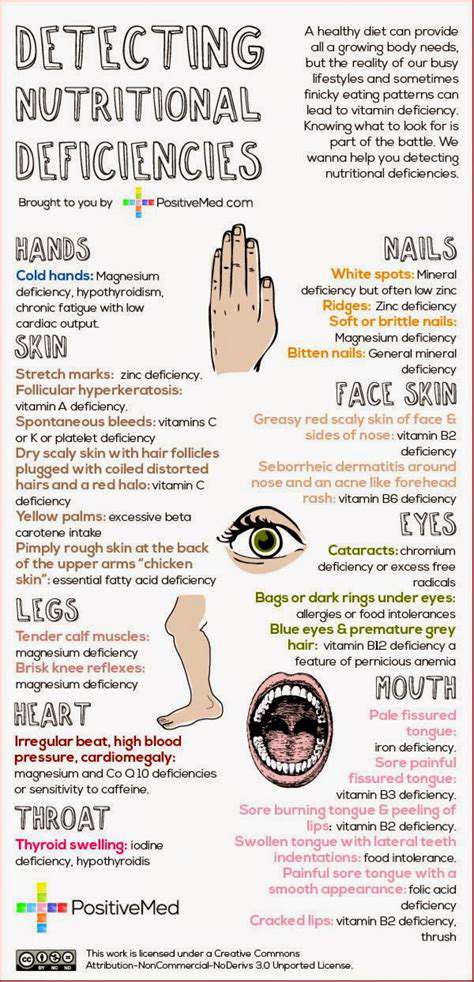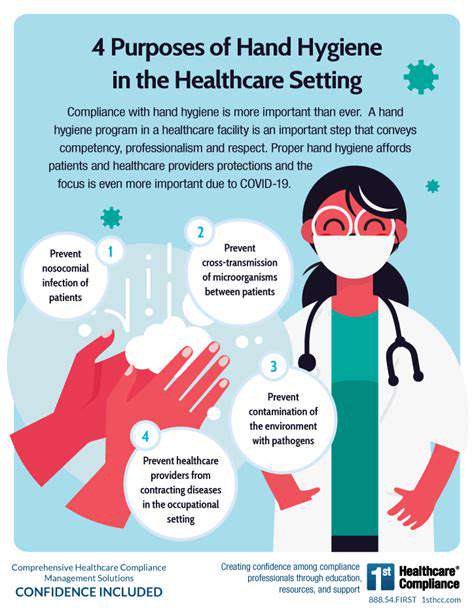The Impact of Environmental Factors on Hand Health
Impact of Occupational Hazards on Hand Health
Biological Hazards
Biological hazards in the workplace can pose significant risks to hand health. Exposure to infectious agents, such as bacteria, viruses, and fungi, through contact with contaminated materials or bodily fluids can lead to a variety of hand infections, including skin rashes, dermatitis, and even more serious conditions. Proper hygiene practices, personal protective equipment (PPE), and vaccination programs are crucial for mitigating the risks associated with biological hazards and safeguarding hand health in occupational settings.
Workers in healthcare, food preparation, and agriculture are particularly vulnerable to these hazards. Implementing strict protocols for handwashing, disinfection, and waste disposal is essential to prevent the spread of infections and maintain the well-being of employees.
Chemical Hazards
Exposure to various chemicals in the workplace can severely damage hand health. Irritants, corrosives, and sensitizers can cause skin reactions ranging from mild irritation to severe burns and allergic contact dermatitis. Prolonged or repeated exposure to these substances can lead to chronic hand conditions, making it difficult to perform daily tasks and impacting the overall quality of life.
Workers in manufacturing, cleaning, and laboratory settings are often exposed to chemical hazards. Providing appropriate personal protective equipment (PPE), such as gloves, and ensuring proper ventilation and handling procedures are essential to minimize the risks.
Physical Hazards
Physical hazards in the workplace, such as repetitive strain injuries (RSI), can lead to significant hand problems. Repetitive motions, forceful exertions, and awkward postures can strain tendons, ligaments, and nerves in the hands and wrists, resulting in conditions like carpal tunnel syndrome, tendonitis, and trigger finger.
Workers in assembly lines, manufacturing, and construction industries are particularly at risk for these injuries. Ergonomic assessments, proper workstation design, and the use of appropriate tools and equipment are important considerations to mitigate the risk of these hazards and promote hand health.
Ergonomic Hazards
Ergonomic hazards encompass a wide range of factors that negatively impact hand health. Poor workstation design, improper lifting techniques, and repetitive motions can lead to cumulative trauma disorders (CTDs) in the hands and wrists. These conditions can cause pain, stiffness, and reduced functionality, impacting productivity and overall well-being.
Many industries, including healthcare, manufacturing, and office work, are susceptible to ergonomic hazards. Promoting proper posture, providing adjustable workstations, and implementing training on safe lifting techniques can significantly reduce the risk of these hazards.
Mechanical Hazards
Mechanical hazards in the workplace can cause immediate and long-term damage to hand health. Cuts, lacerations, punctures, and amputations are common injuries resulting from exposure to sharp objects, moving machinery, or other mechanical equipment. These injuries can lead to significant pain, scarring, and functional impairment, and can have long-lasting impacts on hand function and overall quality of life.
Workers in construction, manufacturing, and food processing industries are particularly vulnerable to mechanical hazards. Strict adherence to safety regulations, providing appropriate safety gear, and ensuring proper maintenance of equipment are crucial measures to minimize these risks.
Thermal Hazards
Exposure to extreme temperatures, both hot and cold, can cause significant damage to hand health. Prolonged exposure to high temperatures can lead to burns, blisters, and calluses, while exposure to cold temperatures can cause frostbite, numbness, and reduced dexterity.
Workers in industries like metalworking, food processing, and construction are susceptible to thermal hazards. Implementing measures such as protective gear, proper insulation, and controlled temperature environments can help mitigate these risks and protect hand health.
Psychosocial Hazards
While often overlooked, psychosocial hazards in the workplace can significantly impact hand health. Stress, anxiety, and job dissatisfaction can lead to increased tension and discomfort in the hands and body. This can manifest in conditions such as hand tremors, muscle tension, and pain, which can affect the ability to perform tasks effectively.
Creating a supportive and positive work environment, promoting open communication, and implementing stress management programs can help mitigate the impact of psychosocial hazards on hand health.
The Influence of Climate and Environmental Conditions on Hand Health

The Impact of Temperature Fluctuations
Temperature fluctuations, both long-term and short-term, have a profound impact on various environmental systems. These fluctuations can disrupt delicate ecosystems, affecting plant and animal life cycles. For instance, abrupt shifts in temperature can lead to the migration of species to more suitable habitats, potentially disrupting established food webs and causing competition for resources.
Furthermore, extreme temperature events, such as heat waves and cold snaps, can have devastating consequences for agriculture and infrastructure. The increased frequency and intensity of these events pose a significant threat to global food security and economic stability.
The Role of Precipitation Patterns
Variations in precipitation patterns, including changes in rainfall amounts and frequency, are significantly impacting water resources and agricultural productivity. Droughts can lead to water scarcity, affecting human populations, livestock, and ecosystems. Conversely, heavy rainfall can cause floods, damaging property, displacing populations, and disrupting critical infrastructure.
The Effects of Atmospheric Composition
Changes in atmospheric composition, particularly the increase in greenhouse gases, are driving global climate change and impacting various environmental processes. These changes lead to a warming planet, with devastating consequences for glaciers, ice sheets, and sea levels. The increased concentration of pollutants also has detrimental effects on air quality, human health, and ecosystems.
The interplay between pollutants and climate change is a complex issue, with the effects often being synergistic.
The Influence of Land Use Changes
Human activities, such as deforestation and urbanization, significantly alter land use patterns, affecting the environment in various ways. Deforestation reduces carbon sequestration capacity, contributing to climate change, and also leads to soil erosion and biodiversity loss. Urbanization, while providing economic opportunities, can result in habitat loss, increased pollution, and altered local weather patterns.
The Interconnectedness of Environmental Factors
It's crucial to understand that climate and environmental factors are interconnected and influence each other in complex ways. For example, changes in temperature affect precipitation patterns, which in turn impact water availability and agricultural production. These interconnectedness necessitates a holistic approach to environmental management, considering the interplay of various factors rather than treating them in isolation.
Biodiversity and Ecosystem Services
Climate change and environmental alterations are profoundly affecting biodiversity and the crucial ecosystem services it provides. Loss of biodiversity weakens ecosystems, making them more vulnerable to environmental disturbances. This loss also reduces the ability of ecosystems to provide essential services such as clean water, pollination, and climate regulation.
The Importance of Global Cooperation
Addressing the complex challenges posed by climate and environmental changes requires a concerted global effort. International cooperation is essential to develop and implement effective strategies for mitigation and adaptation. Sharing knowledge, resources, and best practices among nations will be crucial to minimizing the impact of these changes and ensuring a sustainable future for all. This includes fostering collaborative research and technological advancements for environmental protection.

Read more about The Impact of Environmental Factors on Hand Health
Hot Recommendations
- The Impact of the Digital Age on Hand Function
- The Role of Hands in Agricultural Innovation
- The Impact of Technology on Hand Artistry
- The Importance of Hand Care for Artists
- How Hand Control Enhances Robotic Surgery
- The Impact of Hand Strength on Physical Labor
- How Handwriting Influences Cognitive Development
- The Impact of Environmental Factors on Hand Health
- The Power of Hands in Building Community
- The Importance of Ergonomics in Hand Health











